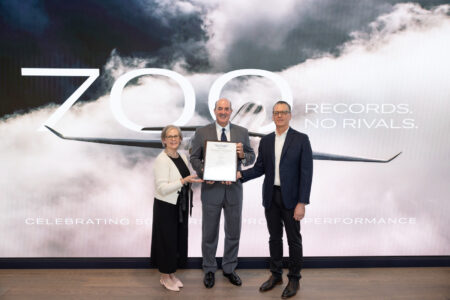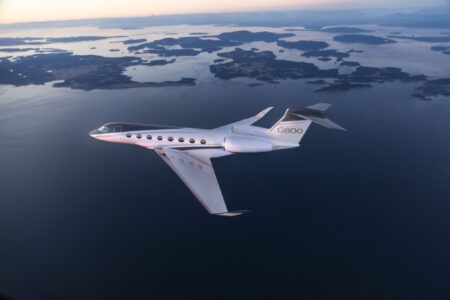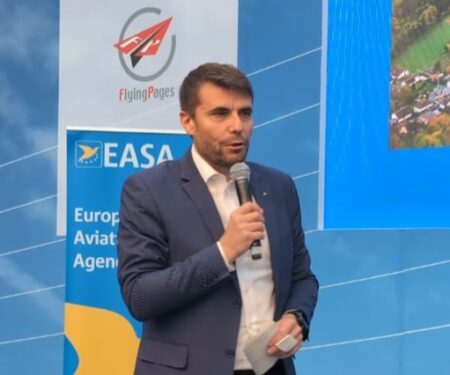Textron Aviation launched its new clean-sheet design single engine turboprop (SETP) aircraft at this year’s Experimental Aircraft Association (EAA) AirVenture Oshkosh event, which was held on July 25-31 in Wisconsin.
A mock-up of the main cabin in the Cessna Denali was on display at the event. The aircraft’s aim is to outperform the competition in terms of capability, pilot interface and ownership costs. Achieving cruise speeds of 285 knots, the Denali has a full fuel payload of 1100 lb and a range of 1600 nautical miles at high speed cruise when carrying one pilot and four passengers.
The engine itself is GE’s new FADEC-equipped, 1240 shaft horsepower (shp) advanced turboprop, easing pilot workload with its single-lever power and propeller control. McCauley’s new 105-in diameter, five-blade, constant speed propellers have also been fitted, with reversible pitch and ice protection.
The flat-floor cabin has a 53 x 59in rear cargo door and a digital pressurization system maintaining a 6130ft cabin altitude at a service ceiling of 31,000ft. Large cabin windows, interior LED lighting, a forward refreshment cabinet and an inflight accessible baggage compartment are among the other features.
The pilot, meanwhile, gets to use a Garmin G3000 touchscreen avionics system upfront, which has many features, including weather radar and splitscreen capability, and is compliant with next generation air traffic control requirements. A five-year limited warranty covers the airframe, engine and avionics.
Kriya Shrott, senior vice president of sales and marketing at Textron Aviation, said, “The Cessna Denali will enter the market as the superior aircraft in its segment. Its winning combination of features, including class-leading performance and ownership costs, and the widest and most comfortable cabin in its segment, are backed by an unrivaled global factory-direct service network.
“The Denali will balance great handling characteristics with the enhanced capability of a high performances turboprop, making it a great step-up airplane for piston owners who are ready for more performance.”
First flights are expected in 2018.




